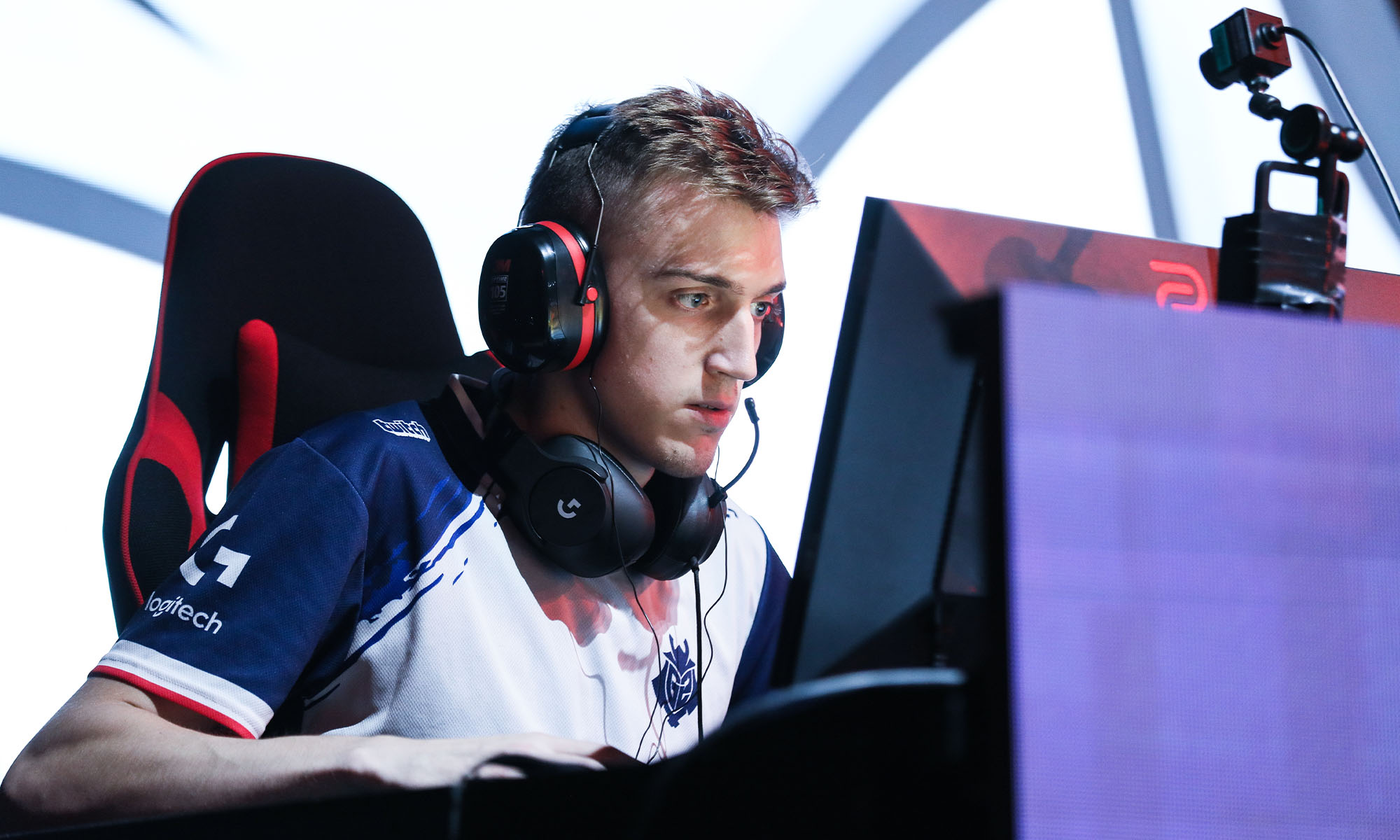News
Power League Gaming Survey Reveals Player Trends In UAE & KSA
The report in partnership with Ipsos reveals regional differences in the gaming landscape, including mobile dominance, spending, and inclusivity.

Power League Gaming (PLG), a leading esports marketing agency in the MENA region, has teamed up with market research firm Ipsos to deliver insights into the gaming habits and preferences of players in the UAE and Saudi Arabia. The report, based on a December 2024 survey of 300 respondents from each country, sheds light on how these two gaming hubs are evolving.
Gaming Cultures In UAE And KSA
The gaming landscapes in the UAE and Saudi Arabia have distinct characteristics: In the UAE, gamers dedicate an average of 1.2 hours per day to their hobby, while in Saudi Arabia, daily gaming time is slightly lower at one hour.
However, Saudi Arabia boasts a younger and increasingly diverse player base, with 59% aged 15-24 and 27% identifying as female. In contrast, the UAE’s gaming audience is more mature and multicultural, with 62% being expatriates and 36% aged 30 or older.
Mobile Dominates, But Other Platforms Remain Popular
Across both nations, mobile gaming is the most popular platform: In the UAE, 77% of gamers play on mobile devices, while 71% in Saudi Arabia do the same. Console gaming, however, has a stronger foothold in Saudi Arabia, with 50% of players opting for consoles compared to 46% in the UAE.
Meanwhile, the UAE leads in PC gaming, with 45% of gamers choosing desktops or laptops, compared to 34% in Saudi Arabia. These variations reflect differences in accessibility, affordability, and gaming culture in each country.
Diverse Tastes And The Role Of Localized Content
Game preferences also show distinct trends. In Saudi Arabia, Fortnite is a top choice, particularly among younger players and women. Meanwhile, PUBG and EAFC (EA Sports FC) appeal more to male gamers. In the UAE, game engagement is spread across popular titles like Minecraft, PUBG, and Fortnite, catering to a wider audience. Across both markets, localized content — including culturally relevant themes and language options — plays a key role in keeping gamers engaged.
Spending Habits And Brand Influence
In-game purchases are an integral part of the gaming ecosystem in both countries. In Saudi Arabia, 67% of gamers spend on virtual items, with an average monthly expenditure of SAR 87, while 66% of UAE gamers spend an average of AED 92. Purchasing decisions are often influenced by online reviews, social media, and discounts, presenting a clear opportunity for brands to connect with gamers through targeted marketing strategies.
Also Read: Saudi Arabia Unveils World’s First Gaming And eSport District
Gaming As Part Of Daily Life
Gaming has become more than just entertainment — it’s now a lifestyle. In Saudi Arabia, six in ten gamers report eating or drinking while playing, illustrating how gaming blends into daily routines. Both UAE and Saudi gamers also actively engage with gaming-related content on platforms like YouTube and Twitch, reinforcing gaming’s role as a social and cultural passtime.
The findings from Ipsos underscore the thriving gaming culture in both countries, each with distinct opportunities for growth. While the UAE’s gaming scene is shaped by its diverse and tech-savvy population, Saudi Arabia’s younger and increasingly inclusive gaming community signals a strong future for the industry.
News
Google Releases Veo 2 AI Video Tool To MENA Users
The state-of-the-art video generation model is now available in Gemini, offering realistic AI-generated videos with better physics, motion, and detail.

Starting today, users of Gemini Advanced in the MENA region — and globally — can tap into Veo 2, Google’s next-generation video model.
Originally unveiled in 2024, Veo 2 has now been fully integrated into Gemini, supporting multiple languages including Arabic and English. The rollout now brings Google’s most advanced video AI directly into the hands of everyday users.
Veo 2 builds on the foundations of its predecessor with a more sophisticated understanding of the physical world. It’s designed to produce high-fidelity video content with cinematic detail, realistic motion, and greater visual consistency across a wide range of subjects and styles. Whether recreating natural landscapes, human interactions, or stylized environments, the model is capable of interpreting and translating written prompts into eight-second 720p videos that feel almost handcrafted.
Users can generate content directly through the Gemini platform — either via the web or mobile apps. The experience is pretty straightforward: users enter a text-based prompt, and Veo 2 returns a video in 16:9 landscape format, delivered as an MP4 file. These aren’t just generic clips — they can reflect creative, abstract, or highly specific scenarios, making the tool especially useful for content creators, marketers, or anyone experimenting with visual storytelling.
Also Read: Getting Started With Google Gemini: A Beginner’s Guide
To ensure transparency, each video is embedded with SynthID — a digital watermark developed by Google’s DeepMind. The watermark is invisible to the human eye but persists across editing, compression, and sharing. It identifies the video as AI-generated, addressing concerns around misinformation and media authenticity.
While Veo 2 is still in its early phases of public rollout, the technology is part of a broader push by Google to democratize advanced AI tools. With text-to-image, code generation, and now video creation integrated into Gemini, Google is positioning the platform as a full-spectrum creative assistant.
Access to Veo 2 starts today and will continue expanding in the coming weeks. Interested users can try it out at gemini.google.com or through the Gemini app on Android and iOS.



















